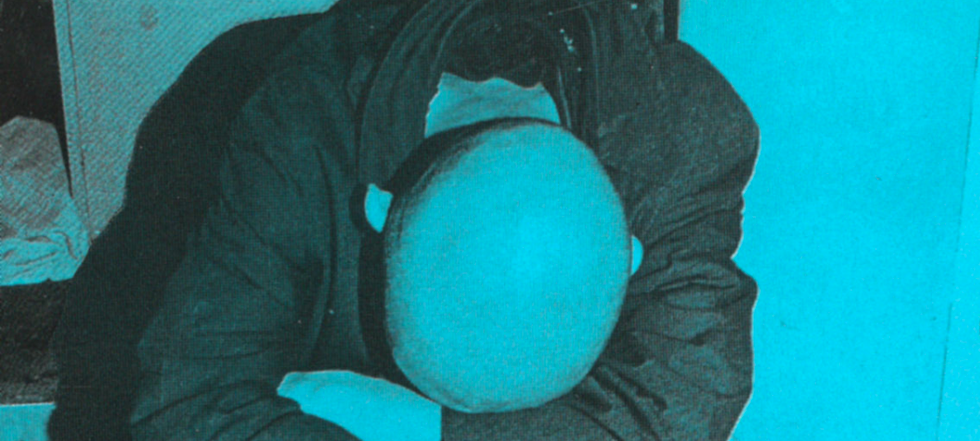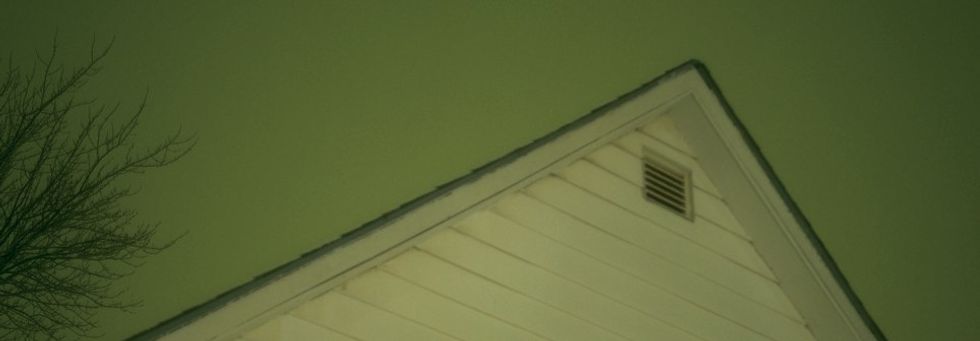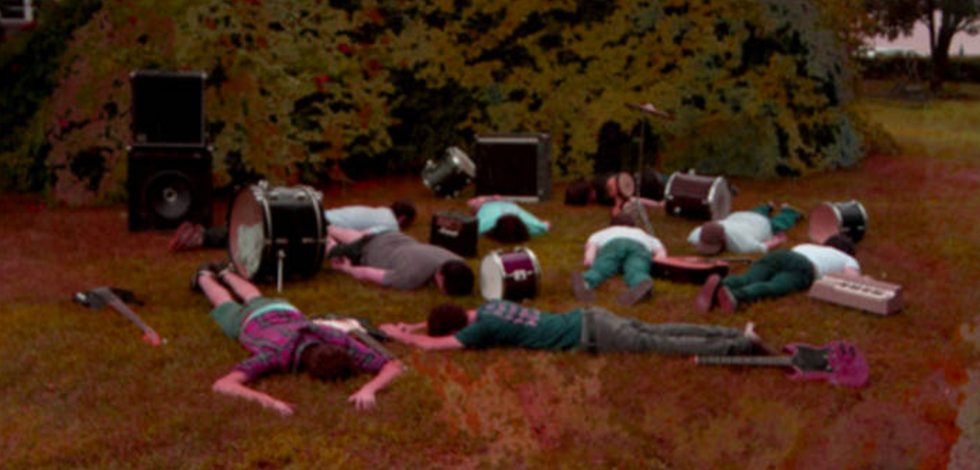I won’t lie. For about five years now, emo has been my favorite music genre. I’m not sure what exactly makes it so fantastic. It could be the depressing lyrics that let you really wallow in self-pity, the shimmery, or just the simple guitar chords. Maybe for some, the best part of emo is the incorporation of Math-rock into the Twinkle-Daddy sub-genre. If you didn’t know what that last sentence meant, this article will explain it all.
' 80s
Recommended for you
The first wave of emo stemmed from the post-hardcore genre (which was in turn an offshoot of punk-rock) in the mid-'80s. The major difference between emo and punk is the content of the lyrics and the more melodic sound. Bands that fall into this category are Rites of Spring and Embrace. At this stage in emo’s life it sounds a lot like American punk-rock, with lyrics about “nostalgia, romantic bitterness, and poetic desperation.”
'90s
Second wave emo was a step back from the harshness of the '80s. In general, guitars were less distorted and chugged power-chords were replaced with arpeggiated major and suspended ones. Basically, what this means is it was even more melodic than the generation before it. The defining band of this period of time was Jawbreaker. They made the lyrics even more personal than first wave, or as haters of the genre say, even more whiney. “I kissed the bottle. I should’ve been kissing you,” Schwarzenbach of Jawbreaker growls in his still grunge-obsessed voice.
On the flip-side of popular emo was the underground movement that was also occurring in the '90s. While pop-emo was happening on the west coast, the best underground emo was (and still is) coming from the Midwest. This is where bands even today define the emo genre. The most popular, and most synonymous with the emo sound, was American Football. They incorporated strange time signatures and pioneered the idea of using alternately tuned guitars for a very nostalgic sound, incorporating elements of math-rock and jazz (notoriously musically complex genres) which gave them an extremely unique sound that bands of the genre today still try to emulate.
'00s
From the late '90s to early 2000s emo rose into the mainstream. Today, most people refer to these bands as “punk” or “pop-punk,” but don't be fooled, they're emo. The first band to really popularize emo was Jimmy Eat World with their "Bleed American" album. Other popular bands from this time period were Taking Back Sunday, which the original bass player, Jesse Lacey, left to form Brand New. During the mid-2000s these two bands were the face of emo. Taking Back Sunday leading to more mainstream acts like All Time Low and Yellowcard. Brand New inspired heavier emo bands, harkening back to the '80s emo style, such as Manchester Orchestra and Basement.
Toward the end of the decade, emo shifted again, with vocals becoming increasingly more harmonious and complex. As a result, what used to be considered emo began to decrease in popularity, so emo-inspired, pop-punk bands like Paramore, Panic! at the Disco, and All Time Low began taking over the alt music scene, ushering in the end of emo’s reign. Cultural tastes began to change, and these bands moved away from the style of those who influenced them initially to forge new ground in the pop-punk scene.
'10s
Contemporary emo, also known as “emo-revival,” has gained some popularity lately. Since most of their influence is taken from the mid-west underground emo of the '90s glittery sound, some have called this sub-genre “Twinkle-Daddy” in reference to the older age of the artists and the sound. Examples include Into It. Over It. and Dads. While twinkle-daddy adds some elements of college-indie into its sound, new-wave emo adds more indie and shoegaze. Good examples include Dikembe, The World Is a Beautiful Place & I Am No Longer Afraid To Die (TWIABP&IANLATD), You Blew It! and Deer Leap. Some new-wave emo bands add hints of folk to their music; good examples include Modern Baseball and The Front Bottoms, but these lean further from emo and closer to anti-folk, which is an article for a different day.
Hopefully this showed what a complex and old genre emo is. Emo is such a varied and important genre of music, but it’s never taken very seriously. It’s one of the most musically interesting and heartfelt genres out there. Sometimes I wonder if I learned more life lessons in school, or from Brand New.





















